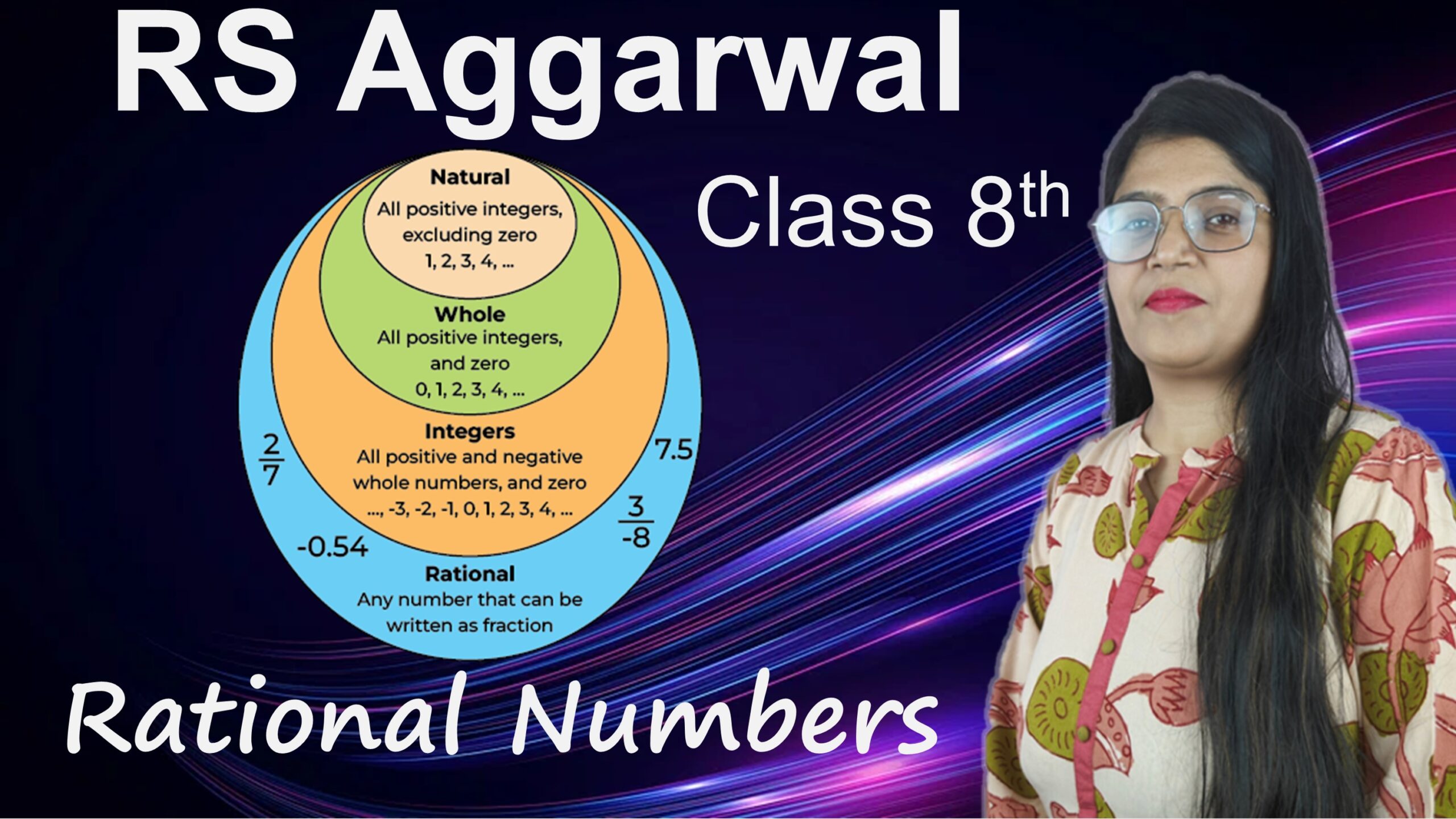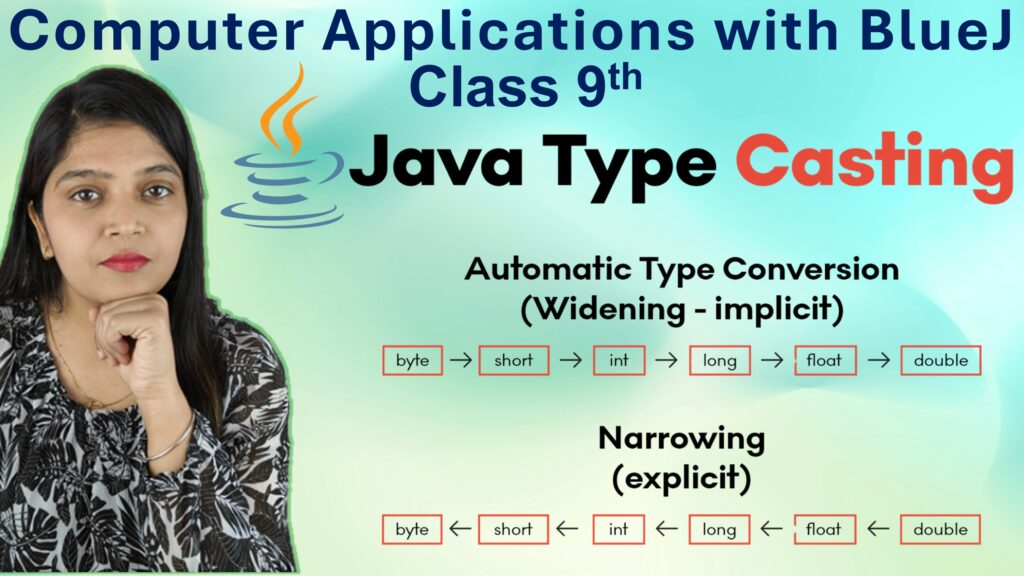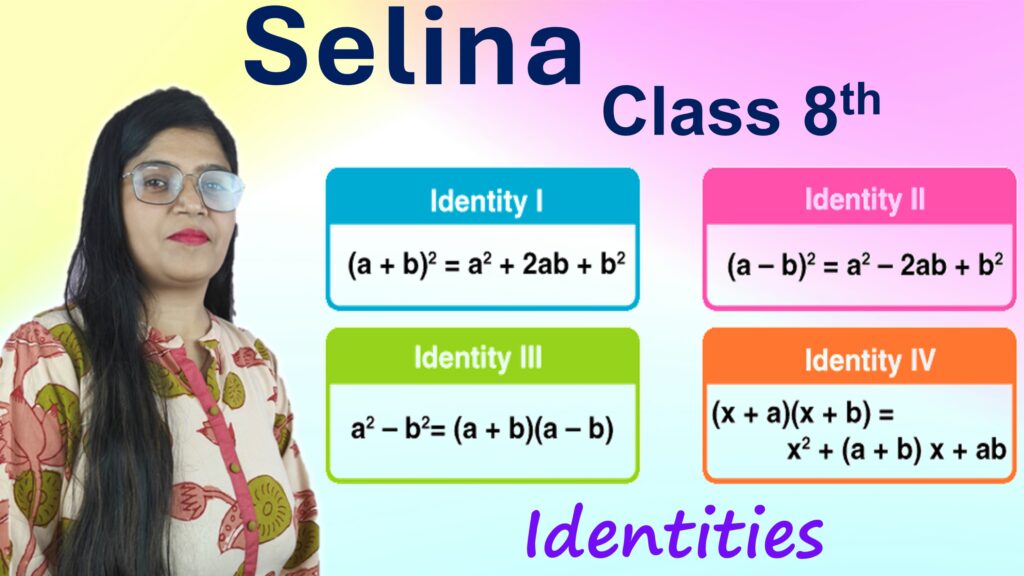Exercise: 1-B
Q1: Find the additive inverse of:
i. \(\frac{9}{13}\)
Additive inverse is the number which when added to the given number results in zero.
So, additive inverse of \( \frac{9}{13} \) is \( -\frac{9}{13} \)
ii. \(\frac{16}{7}\)
Additive inverse = \( -\frac{16}{7} \)
iii. \(\frac{-3}{23}\)
Additive inverse = \( \frac{3}{23} \)
iv. \(\frac{8}{-11}\)
This is same as \( -\frac{8}{11} \), so its additive inverse = \( \frac{8}{11} \)
v. \(\frac{-22}{15}\)
Additive inverse = \( \frac{22}{15} \)
vi. \(\frac{-11}{-9}\)
This is equal to \( \frac{11}{9} \), so additive inverse = \( -\frac{11}{9} \)
Q2: Find the sum:
i. \(\frac{-7}{17}+\frac{6}{17}\)
Same denominator:
\[
\frac{-7 + 6}{17} = \frac{-1}{17}
\]Answer: = \( \frac{-1}{17} \)
ii. \(\frac{-5}{12}+\frac{7}{-12}\)
Rewrite second term:
\[
\frac{-5}{12} + \frac{-7}{12} = \frac{-12}{12} = -1
\]Answer: = \( -1 \)
iii. \(\frac{8}{15}+\frac{5}{12}\)
LCM of 15 and 12 = 60
\[
\frac{8}{15} = \frac{8 \times 4}{60} = \frac{32}{60}, \\
\frac{5}{12} = \frac{5 \times 5}{60} = \frac{25}{60} \\
\frac{32 + 25}{60} = \frac{57}{60}
\]Answer: = \( \frac{57}{60} \)
iv. \(\frac{-11}{18}+\frac{5}{-12}\)
Rewrite:
\[
\frac{-11}{18} + \frac{-5}{12}
\]LCM of 18 and 12 = 36
\[
\frac{-11}{18} = \frac{-22}{36}, \quad \frac{-5}{12} = \frac{-15}{36} \\
\frac{-22 + (-15)}{36} = \frac{-37}{36}
\]Answer: = \( \frac{-37}{36} \) or \(-1\frac{1}{36}\)
v. \(\frac{-11}{6}+\frac{-3}{4}+\frac{5}{8}+\frac{-7}{3}\)
LCM of 6, 4, 8, 3 = 24\[
\frac{-11}{6} = \frac{-44}{24}, \quad \frac{-3}{4} = \frac{-18}{24}, \quad \frac{5}{8} = \frac{15}{24}, \quad \frac{-7}{3} = \frac{-56}{24}
\]Now:
\[
\frac{-44 -18 + 15 -56}{24} = \frac{-103}{24}
\]Answer: = \( \frac{-103}{24} \) or \(-4\frac{7}{24}\)
vi. \(\frac{4}{7}+\frac{2}{-3}+\frac{5}{21}+\frac{-8}{9}\)
Rewrite:
\[
\frac{4}{7} + \frac{-2}{3} + \frac{5}{21} + \frac{-8}{9}
\]LCM of 7, 3, 21, 9 = 63\[
\frac{4}{7} = \frac{36}{63},\quad \frac{-2}{3} = \frac{-42}{63},\quad \frac{5}{21} = \frac{15}{63},\quad \frac{-8}{9} = \frac{-56}{63}
\]Now:
\[
\frac{36 – 42 + 15 – 56}{63} = \frac{-47}{63}
\]Answer: = \( \frac{-47}{63} \)
Q3: Subtract
i. \(\frac{2}{3}\ from\ \frac{5}{6}\)
= \( \frac{5}{6} – \frac{2}{3} \)
LCM of 6 and 3 = 6
= \( \frac{5}{6} – \frac{4}{6} = \frac{1}{6} \)
Answer: \( \frac{1}{6} \)
ii. \(\frac{-2}{5}\ from\ \frac{-5}{7}\)
= \( \frac{-5}{7} – \frac{-2}{5} \)
= \( \frac{-5}{7} + \frac{2}{5} \)
LCM of 7 and 5 = 35
= \( \frac{-25}{35} + \frac{14}{35} = \frac{-11}{35} \)
Answer: \( \frac{-11}{35} \)
iii. \(\frac{4}{9}\ from\ \frac{-7}{8}\)
= \( \frac{-7}{8} – \frac{4}{9} \)
LCM of 8 and 9 = 72
= \( \frac{-63}{72} – \frac{32}{72} = \frac{-95}{72} \)
Answer: \( \frac{-95}{72} \) or \(-1\frac{23}{72}\)
iv. \(\frac{-11}{6}\ from\ \frac{8}{3}\)
= \( \frac{8}{3} – \frac{-11}{6} = \frac{8}{3} + \frac{11}{6} \)
LCM of 3 and 6 = 6
= \( \frac{16}{6} + \frac{11}{6} = \frac{27}{6} \)
= \( \frac{9}{2} \)
Answer: \( \frac{9}{2} \) or \(4\frac{1}{2}\)
Q4: The sum of two rational numbers is \(\frac{-4}{9}\). If one of them is \(\frac{13}{6}\), then find the other.
Let the other number be \( x \)
According to the question,
\( \frac{13}{6} + x = \frac{-4}{9} \)
Now subtract \( \frac{13}{6} \) from both sides:
\( x = \frac{-4}{9} – \frac{13}{6} \)
LCM of 9 and 6 = 18
= \( \frac{-8}{18} – \frac{39}{18} = \frac{-47}{18} \)
Answer: \( \frac{-47}{18} \) or \(-2\frac{11}{18}\)
Q5: What number should be added to \(\frac{-2}{3}\) to get \(\frac{-1}{7}\)?
Let the required number be \( x \)
Then according to the question:
\( \frac{-2}{3} + x = \frac{-1}{7} \)
Now, subtract \( \frac{-2}{3} \) from both sides:
\( x = \frac{-1}{7} – \frac{-2}{3} = \frac{-1}{7} + \frac{2}{3} \)
LCM of 7 and 3 = 21
= \( \frac{-3}{21} + \frac{14}{21} = \frac{11}{21} \)
Answer: \( \frac{11}{21} \)
Q6: What number should be subtracted from \(-2\) to get \(\frac{7}{11}\)?
Let the required number be \( x \)
Then, according to the question:
\( -2 – x = \frac{7}{11} \)
Now move \( x \) to one side:
\( -x = \frac{7}{11} + 2 = \frac{7}{11} + \frac{22}{11} = \frac{29}{11} \)
Therefore, \( x = -\frac{29}{11} \)
Answer: \( -\frac{29}{11} \) or \(-2\frac{7}{11}\)
Q7: What number should be added to \(-1\) so as to get \(\frac{5}{7}\)?
Let the required number be \( x \).
According to the question,
\[
-1 + x = \frac{5}{7}
\]To isolate \( x \), add \( 1 \) to both sides:
\[
x = \frac{5}{7} + 1
\]Convert 1 to a rational number with denominator 7:
\[
1 = \frac{7}{7}
\]Now add:
\[
x = \frac{5}{7} + \frac{7}{7} = \frac{12}{7}
\]Answer: The number to be added is \( \frac{12}{7} \)
Q8: What number should be subtracted from \(-\frac{2}{3}\) to get \(-\frac{1}{6}\)?
Let the required number be \( x \).
According to the question,
\[
– \frac{2}{3} – x = – \frac{1}{6}
\]Add \( \frac{2}{3} \) to both sides:
\[
– x = – \frac{1}{6} + \frac{2}{3}
\]Convert \( \frac{2}{3} \) to a fraction with denominator 6:
\[
\frac{2}{3} = \frac{4}{6}
\]Now:
\[
– x = – \frac{1}{6} + \frac{4}{6} = \frac{3}{6}
\]So:
\[
– x = \frac{3}{6} = \frac{1}{2}
\]Multiply both sides by -1:
\[
x = -\frac{1}{2}
\]Answer: The number to be subtracted is \( -\frac{1}{2} \)
Q9: State whether each of the following statements is true or false :
i. The difference of two rational numbers is always a rational number.
Let a = \( \frac{3}{4} \), b = \( \frac{5}{6} \)
Then, a – b = \( \frac{3}{4} – \frac{5}{6} = \frac{9 – 10}{12} = \frac{-1}{12} \), which is also a rational number.
So, difference of any two rational numbers is always rational.
Answer: TRUE
ii. \(\frac{2}{3}-\frac{3}{5}=\frac{3}{5}-\frac{2}{3}\)
LHS = \( \frac{2}{3} – \frac{3}{5} = \frac{10 – 9}{15} = \frac{1}{15} \)
RHS = \( \frac{3}{5} – \frac{2}{3} = \frac{9 – 10}{15} = \frac{-1}{15} \)
Since LHS \( \ne \) RHS, so it is not equal.
Answer: FALSE
iii. 1 is the additive identity for rational numbers.
Additive identity is the number which when added to any rational number gives the same number.
Let a = \( \frac{5}{6} \). Then, \( \frac{5}{6} + 1 = \frac{11}{6} \ne \frac{5}{6} \)
So 1 is not the additive identity.
Answer: FALSE
iv. Subtraction is commutative on rational numbers.
If subtraction were commutative: \( a – b = b – a \)
Take a = 4, b = 2 → \( 4 – 2 = 2 \), \( 2 – 4 = -2 \)
\( a – b \ne b – a \), so subtraction is not commutative.
Answer: FALSE
v. There exists a rational number which is its own additive inverse.
Let the number be 0. Then, 0 + 0 = 0
So, 0 is its own additive inverse.
Answer: TRUE
vi. \(\frac{19}{-5}+\frac{-3}{11}=\frac{19}{5}+\frac{3}{11}\)
LHS = \( \frac{-19}{5} + \frac{-3}{11} = \frac{-209 – 15}{55} = \frac{-224}{55} \)
RHS = \( \frac{19}{5} + \frac{3}{11} = \frac{209 + 15}{55} = \frac{224}{55} \)
\( LHS \ne RHS \), one is negative and one is positive.
Answer: FALSE







Leave a Comment